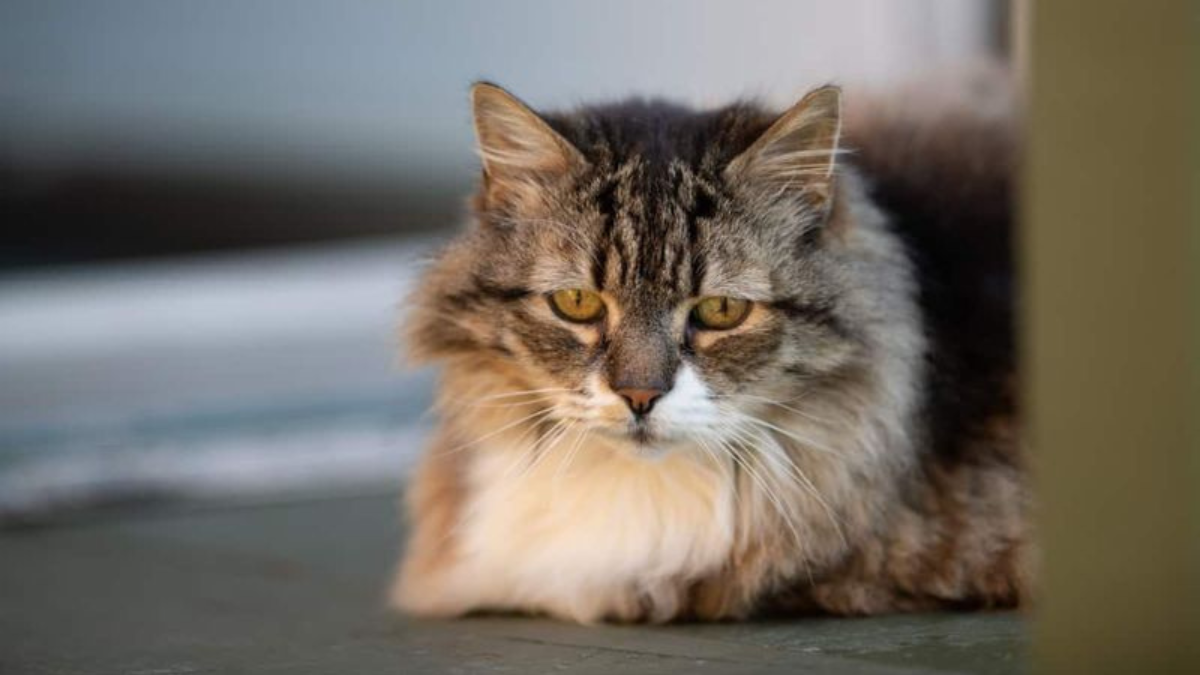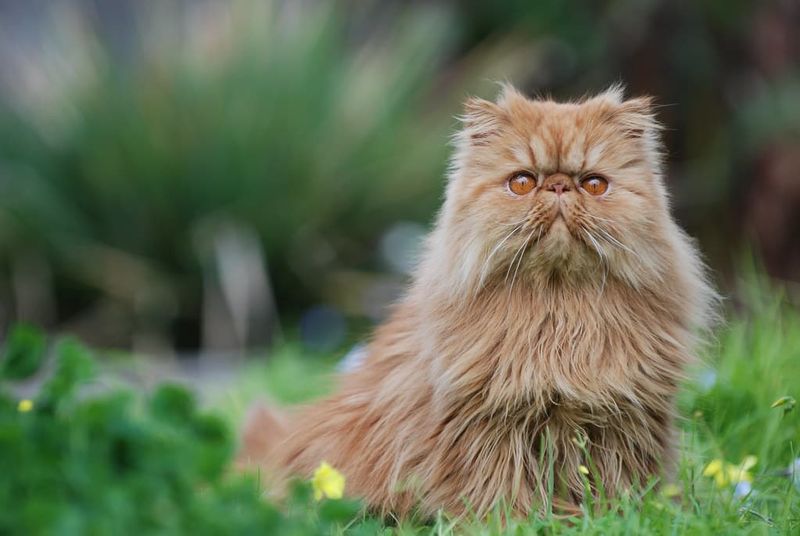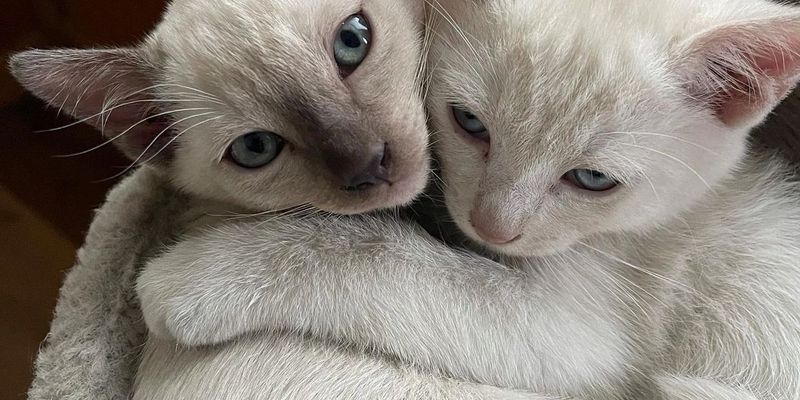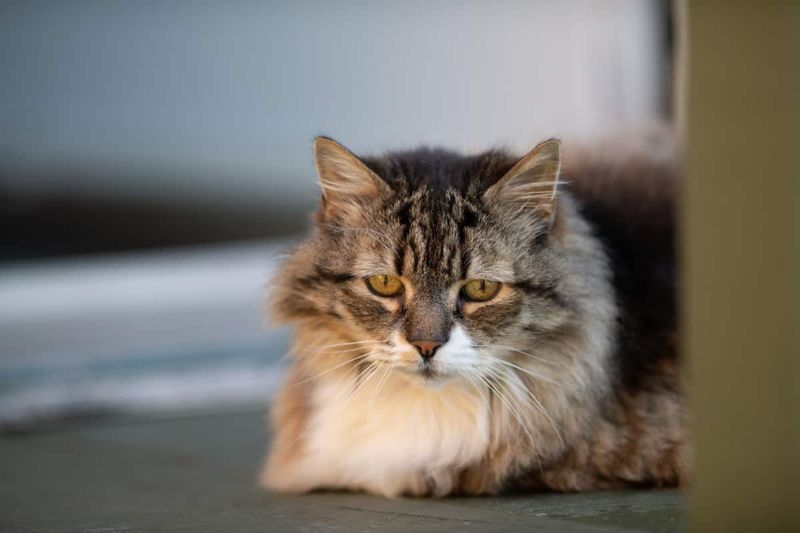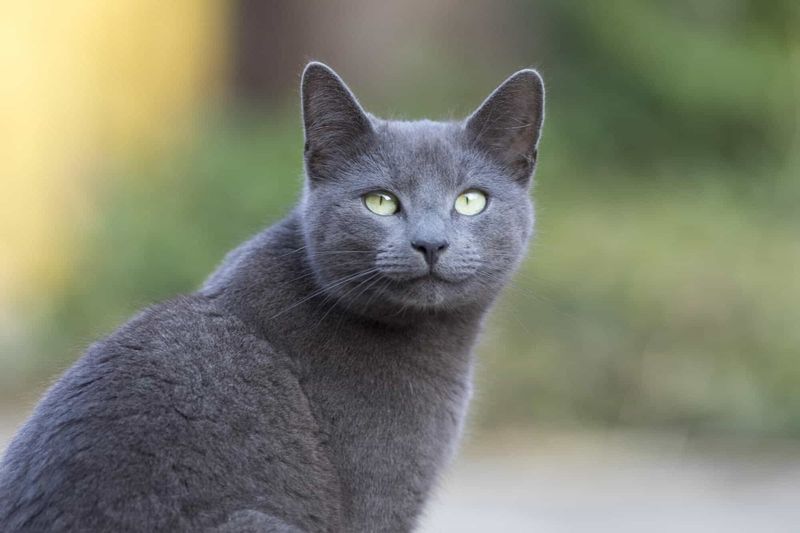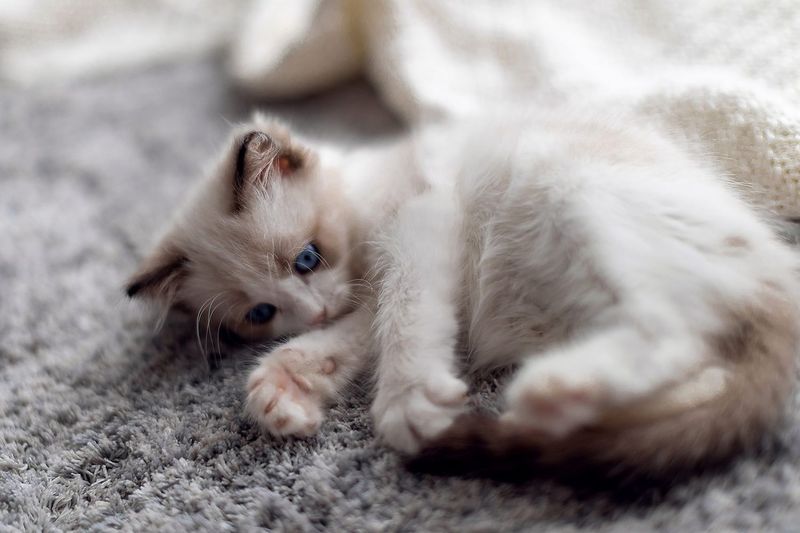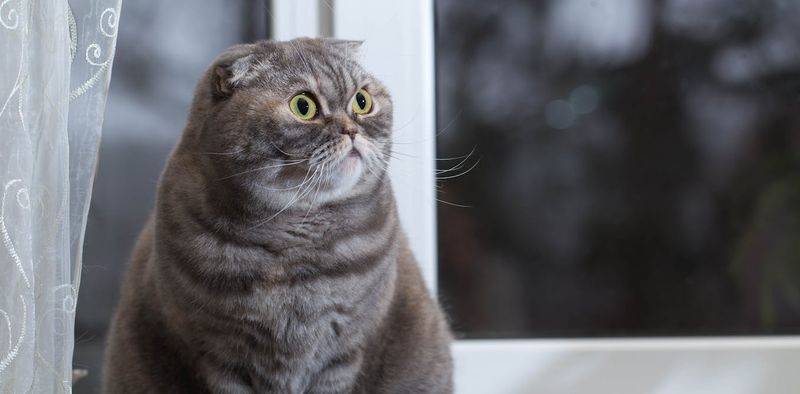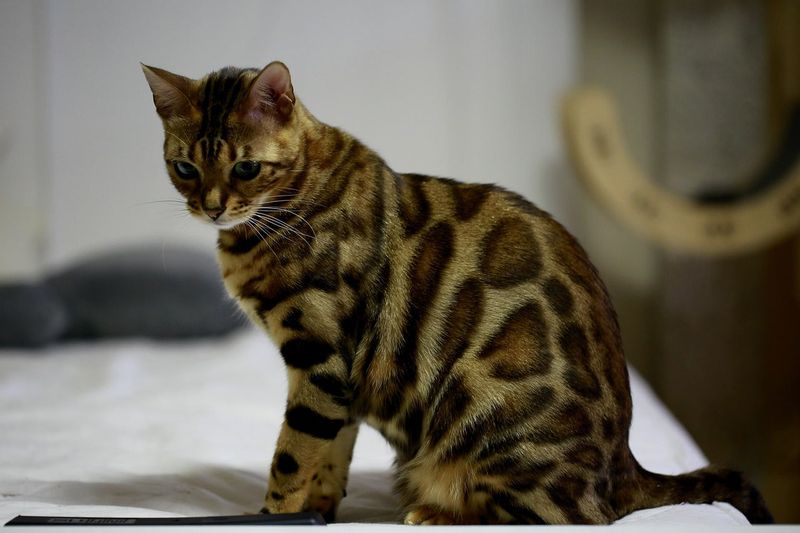📖 Table of Content:
Cat breeds, like fashion trends, experience shifts in popularity over time. Certain breeds that were once in high demand now struggle to find homes, often overlooked in shelters and catteries. Various factors, such as changing lifestyles, misconceptions about temperament, and the influence of pop culture, have altered which cats are seen as desirable companions.
As preferences evolve, some once-popular breeds now face challenges in securing forever homes. Changes in living conditions and an increase in awareness about specific breed traits have contributed to these shifts. Despite their former status, these breeds are no longer as sought after as they once were.
These once-celebrated feline breeds now find themselves less in the limelight, struggling to connect with potential owners. Factors like outdated perceptions and changing trends have left them in a more difficult position. Below are several breeds that once ruled the cat world but now face obstacles in finding the loving homes they deserve.
1. Persian
Once the royalty of the cat world, Persian cats have seen their adoption rates drop significantly in recent years. Their glamorous long coats require daily grooming to prevent painful mats and tangles.
Modern families with busy schedules often can’t commit to the maintenance these elegant felines need. Health issues like breathing problems from their flat faces and tear duct overflow also contribute to their declining popularity.
Persians still capture hearts with their sweet personalities and regal appearance, but many potential owners now opt for lower-maintenance breeds that don’t need professional grooming appointments and specialized care.
2. Siamese
Famous for their striking blue eyes and vocal nature, traditional Siamese cats have fallen out of favor as breeding trends shifted toward more extreme features. The original apple-headed Siamese with moderately pointed faces have been largely replaced by ultra-thin, wedge-headed varieties in show circles.
Their talkative personality, once considered charming, now turns off apartment dwellers and those seeking quieter companions. Many potential owners misunderstand their need for interaction and stimulation.
The breed’s intelligence requires mental challenges and attention that busy households sometimes can’t provide, leading to behavioral issues when bored.
3. Maine Coon
Maine Coons were America’s beloved gentle giants until recent years when their size became a deterrent for many adopters. These magnificent cats require larger living spaces and more resources than average-sized felines.
Food costs for these 15-25 pound cats can surprise unprepared owners. Their thick, shaggy coats need regular attention to prevent matting, especially during seasonal shedding periods.
Health concerns like hypertrophic cardiomyopathy (heart disease) have become more common in the breed, making some potential owners hesitant about medical costs. Despite their sweet temperaments and dog-like personalities, many Maine Coons now wait longer for homes than their smaller counterparts.
4. Abyssinian
Known for their striking wild appearance and energetic personality, Abyssinians were once the darlings of exotic pet enthusiasts. Their cougar-like look and playful nature set them apart from other breeds. Unfortunately, their high energy levels have become a barrier, causing their adoption rates to decline.
These cats need substantial daily exercise and enrichment. Without it, they may develop destructive behaviors like excessive climbing, jumping, and even opening cabinets and doors.
Their intelligence makes them escape artists who can figure out latches and locks. Many families surrender Abyssinians after underestimating their activity requirements and finding themselves unprepared for a cat that acts more like a perpetual kitten than a relaxed lap companion.
5. Himalayan
A stunning blend of Persian grace and Siamese color patterns, Himalayans once ruled the cat show world. Their charm has faded as awareness of the health risks tied to their flat faces, such as respiratory and eye problems, has grown. These concerns have contributed to a decline in their adoption rates.
Breathing difficulties, dental issues, and eye problems plague many Himalayans. The breed’s long, silky coat demands daily brushing and regular professional grooming that many owners find overwhelming.
Tear staining under the eyes requires constant cleaning to prevent skin irritation. While these color-pointed beauties still have dedicated fans, many potential owners now choose breeds with fewer health challenges and grooming requirements, leaving many Himalayans waiting for homes that can accommodate their special needs.
6. Exotic Shorthair
Created as a short-haired version of the Persian, Exotic Shorthairs became popular with those who wanted the Persian look without extensive grooming. Unfortunately, they inherited many of the same health problems as their long-haired cousins.
Their pushed-in faces can cause breathing difficulties, especially in hot weather. Many suffer from chronic eye issues that require regular cleaning and sometimes medication.
The breed’s tendency toward obesity compounds health problems like diabetes and joint pain. While their plush teddy-bear appearance still attracts admirers, growing awareness of brachycephalic (flat-faced) health issues has caused many prospective owners to seek cats with more natural facial structures and fewer inherited health concerns.
7. Russian Blue
Russian Blues were once highly sought after for their plush silver-blue coats and emerald green eyes. Their reputation for being quiet, clean, and somewhat aloof made them popular in apartments and with working professionals.
Today, these subtle beauties get overlooked in shelters where louder personalities stand out. Their reserved nature with strangers means they often hide when potential adopters visit, creating a cycle where they’re repeatedly passed over.
The breed’s tendency to bond deeply with one person can make rehoming adult Russian Blues challenging. They often need patient owners willing to give them time to adjust to new environments, something many adopters aren’t prepared to invest.
8. Ragdoll
With their striking blue eyes and serene, floppy personalities, Ragdolls quickly climbed to fame. The breed’s tendency to relax completely when held is what gave them their name, making them especially popular among families looking for a cuddly, low-maintenance pet.
Recent years have seen declining adoption rates as their need for human companionship became better understood. Ragdolls often develop anxiety when left alone for long periods, sometimes expressing this through inappropriate elimination or destructive behaviors.
Their semi-long fur requires more maintenance than many owners anticipate. Health issues like hypertrophic cardiomyopathy have become concerning in the breed. While still beloved by many, Ragdolls increasingly find themselves surrendered by owners who underestimated their social and physical needs.
9. Scottish Fold
Scottish Folds captured hearts worldwide with their unique folded ears and owl-like appearance. Their distinctive look comes from a cartilage mutation that affects more than just their ears.
Growing awareness of painful joint conditions associated with the fold gene has dramatically decreased responsible breeding and adoption. The same mutation that creates their adorable ears can cause osteochondrodysplasia, a painful bone and cartilage condition.
Many veterinarians now speak out against breeding these cats, and some countries have banned the practice entirely. While still popular in some regions, ethical concerns have caused many potential owners to seek breeds without intentionally bred physical abnormalities, leaving many Scottish Folds in need of homes.
10. Bengal
Bengal cats captured attention with their striking leopard-patterned coats, bringing a touch of the wild into domestic life. Their exotic, untamed look made them a symbol of sophistication and exclusivity, making them highly desirable companions.
Reality has proven challenging for many Bengal owners unprepared for their wild ancestry. These energetic, vocal cats need extensive play and enrichment to prevent destructive behaviors.
Their intelligence means they quickly learn to open doors, turn on faucets, and access forbidden areas. Many Bengals end up surrendered when owners can’t meet their substantial exercise requirements or tire of their loud vocalizations. Housing restrictions against hybrid breeds further complicate finding them suitable homes, leaving many of these beautiful spotted cats waiting in shelters and rescues.
